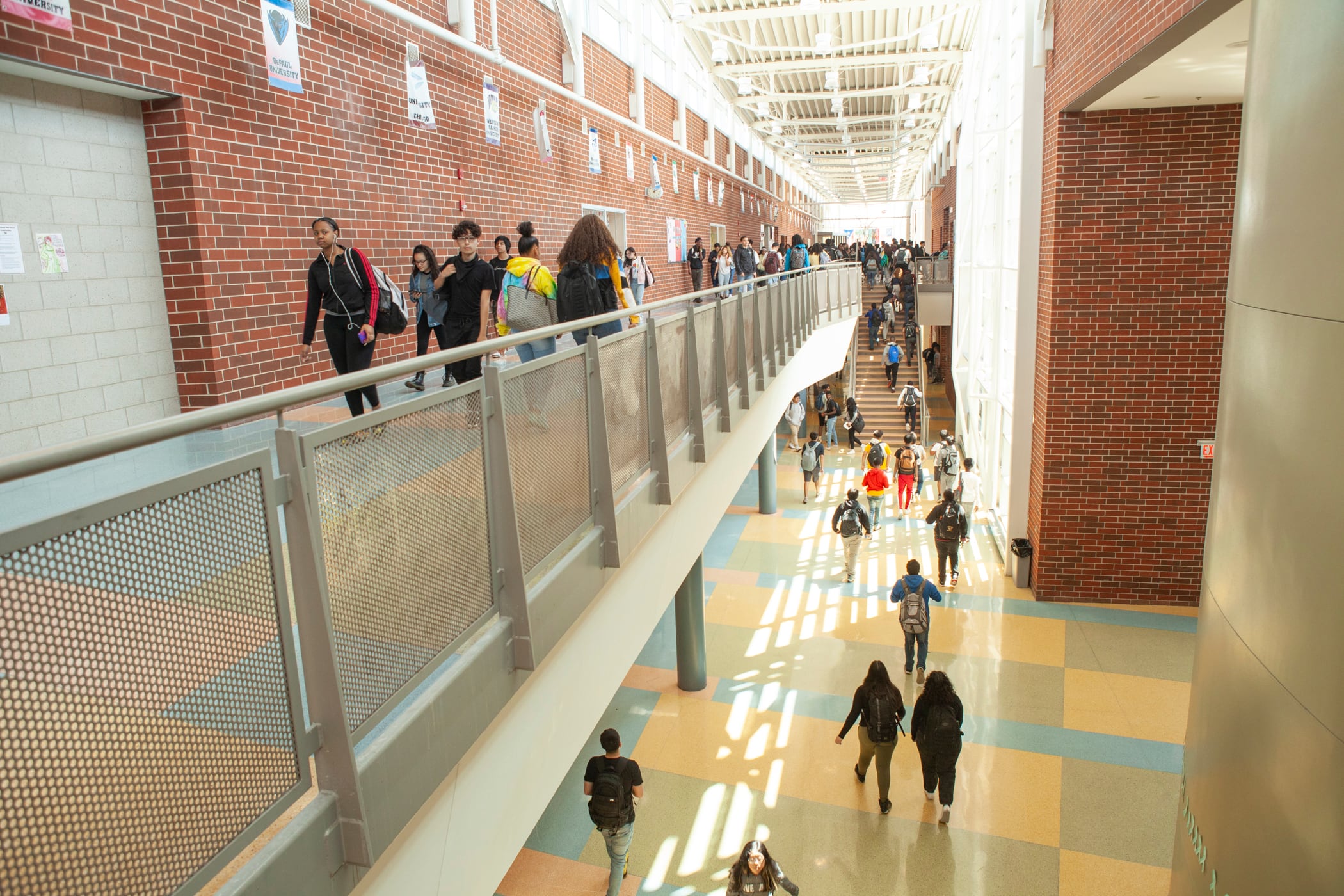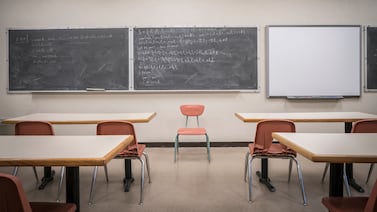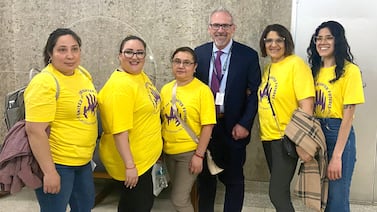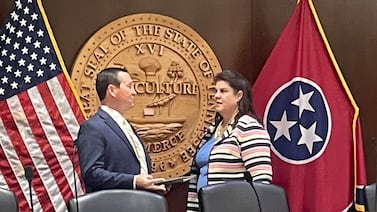CASEL and more than 40 other organizations have released recommendations about how school districts can provide social-emotional support for students going back to school in the fall.
When schools closed abruptly in March, students’ routines were disrupted, they were disconnected from teachers and friends, and many missed major milestones. Families have had to deal with the stress of economic instability, and losing loved ones to the coronavirus. With school buildings reopening in the fall, education leaders must grapple with how to transition students and teachers back into the classroom.
“I think the one thing that we can do, as far as doing service to our children, is to invest further in social-emotional learning,” said Cesar Rivera, a principal in Denver, during a presentation on Tuesday morning. Rivera helped to shape the guidelines released Thursday by The Collaborative for Academic, Social, and Emotional Learning, a nonprofit organization in Chicago.
The 53-page document focuses on four main areas: building relationships between schools and families, supporting teachers, creating a supportive learning environment for students, using data to shape curriculum, and strategies that educators can use to support their students.
CASEL has provided some essential questions that principals, teachers, and school leaders should be asking as they make plans to reopen schools. They include:
- How will we connect with students and families whose voices have not traditionally been elevated?
- How will we ensure clear, consistent, and culturally responsive communications that keeps all staff, students, families, and community partners informed and engaged?
- How will we use data to identify effective strategies our school will build on this fall to create supportive learning environments and promote social, emotional, and academic learning for all students?
The guidelines also recommend steps that school leaders can take to prepare for the fall, centered around each major area. For instance, to “create new relationships that elevate the voices of students and families,” the report says to consider hosting virtual or in-person events through faith-based organizations and community groups during the summer and at the start of the new school year.
In the report, CASEL said that social-emotional learning “is not a panacea to the complex, systemic issues we face,” but it does provide a “critical foundation” to support students and adults at a time of uncertainty and stress.








